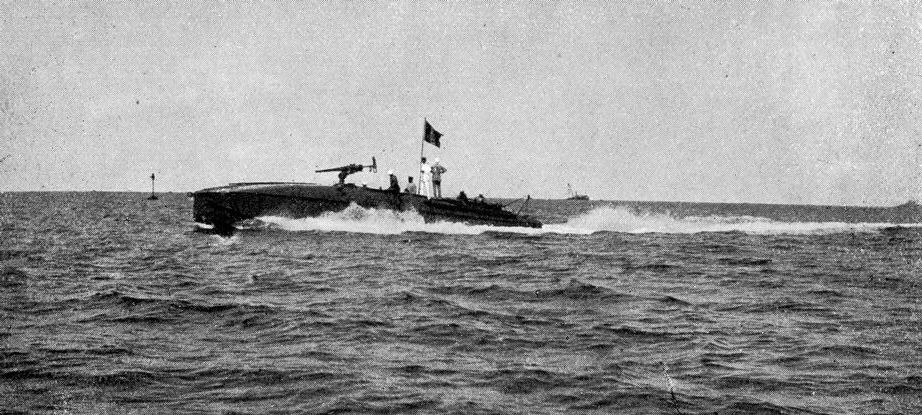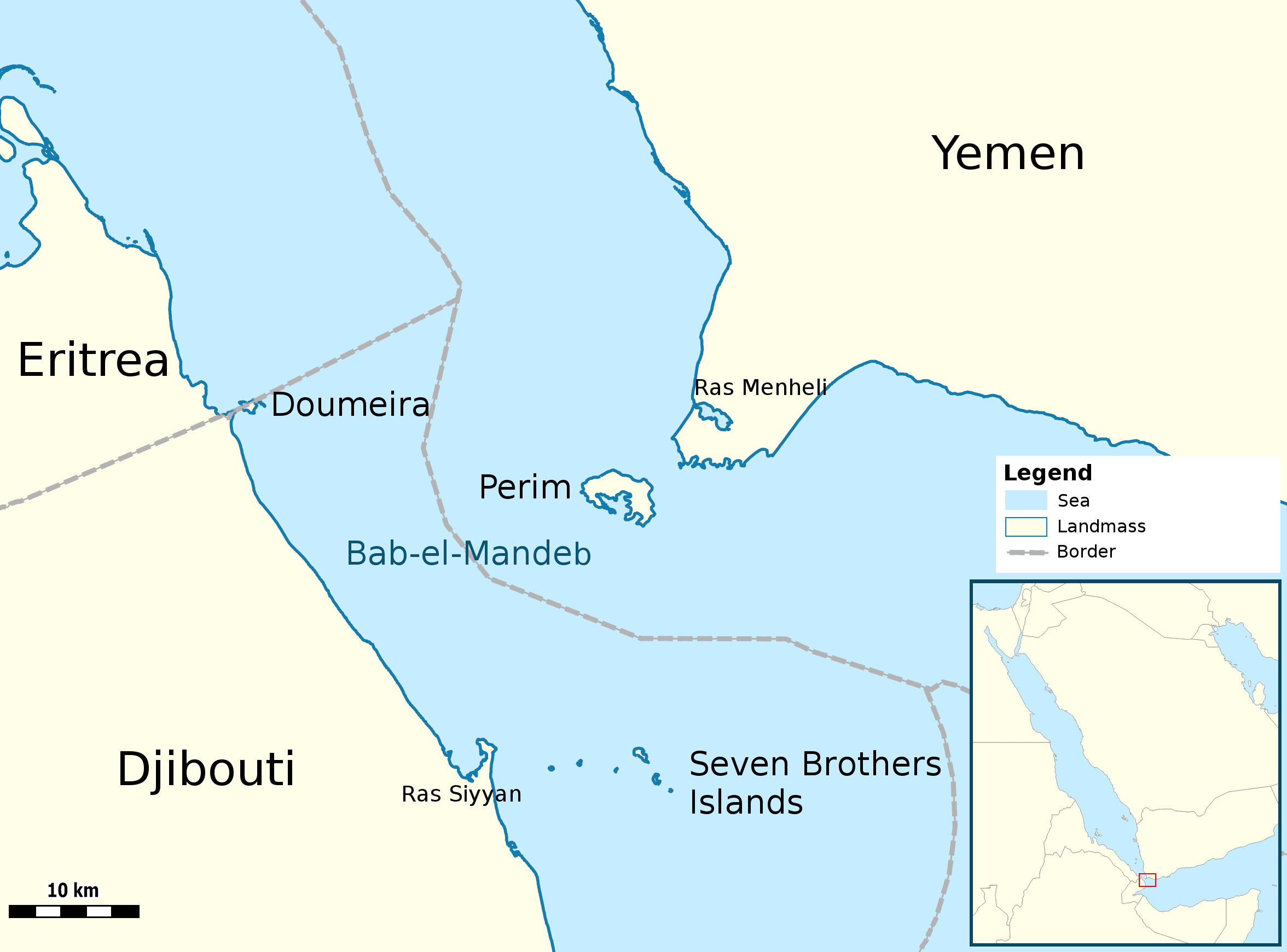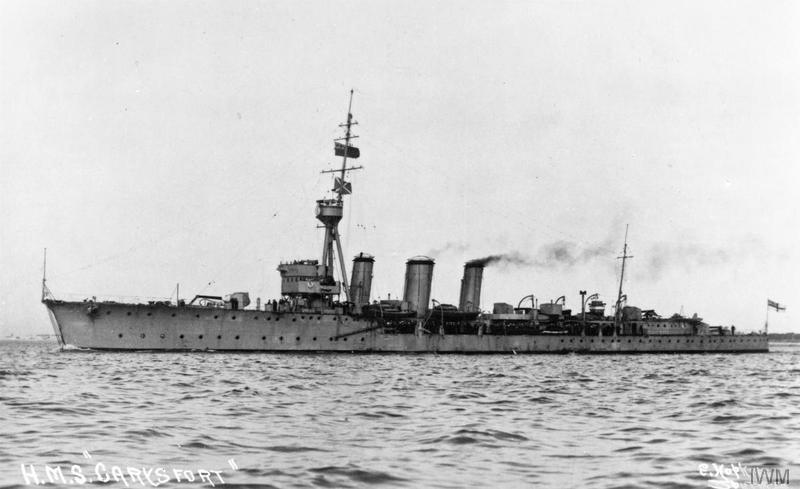|
MAS (boat)
''Motoscafo armato silurante'' (torpedo-armed motorboat), commonly abbreviated as MAS, was a class of fast torpedo-armed vessels used by the (Italian Royal Navy) during World War I and World War II. Originally, "MAS" referred to (armed motorboat SVAN, (Naval Automobile Society of Venice). The MAS were essentially motorboats with displacements of 20–30 tonnes (depending on the class), a 10-man crew and armament composed of two torpedoes, heavy machine guns and occasionally a 37 mm or 20 mm cannon. The term "MAS" is an acronym for , (assault craft) in the unit name (assault craft flotilla), the most famous of which was the Decima MAS of World War II. World War I MAS were widely employed by ''Regia Marina'' during World War I in 1915–1918. Models used were directly derived from compact civilian motorboats, provided with petrol engines which were compact and reliable (characteristics which were not common at the time) . They were used not only in the anti-submarine p ... [...More Info...] [...Related Items...] OR: [Wikipedia] [Google] [Baidu] |
Battle Of Durazzo (1918)
The Second Battle of Durazzo, or the Bombardment of Durazzo was a naval battle fought in the Adriatic Sea during the World War I, First World War. A large Allies of World War I, allied fleet led by the ''Regia Marina'' attacked the enemy-held port at Durrës, Durazzo, Albania. The fleet destroyed the Austro-Hungarian shore defenses and skirmished with a small naval force. Allied forces involved primarily were Italian though Royal Navy, British, United States Navy, American and Royal Australian Navy, Australian warships also participated. It was the largest naval battle the United States participated in during the war. Most of the city was destroyed in the bombardment. Background From 15–29 September 1918, French General Louis Franchet d'Espèrey in command of a large allied army, campaigned in Macedonia (Greece), Macedonia. The offensive was a victory and ended with Bulgaria's surrender. Fearing the remaining enemies would fall back on the Austrian-held port of Durazzo for s ... [...More Info...] [...Related Items...] OR: [Wikipedia] [Google] [Baidu] |
Massawa
Massawa ( ; ti, ምጽዋዕ, məṣṣəwaʿ; gez, ምጽዋ; ar, مصوع; it, Massaua; pt, Maçuá) is a port city in the Northern Red Sea region of Eritrea, located on the Red Sea at the northern end of the Gulf of Zula beside the Dahlak Archipelago.Matt Phillips, Jean-Bernard Carillet, ''Lonely Planet Ethiopia and Eritrea'', (Lonely Planet: 2006), p.340. It has been a historically important port for many centuries. Massawa was the capital of the Italian Colony of Eritrea until the seat of the colonial government was moved to Asmara in 1897. Massawa has an average temperature of nearly , which is one of the highest experienced in the world, and is "one of the hottest marine coastal areas in the world." History Massawa was originally a small seaside village, lying in lands coextensive with the Kingdom of Axum—also known as Kingdom of Zula in antiquity—and overshadowed by the nearby port of Adulis about to the south. Massawa has been ruled or occupied by a succe ... [...More Info...] [...Related Items...] OR: [Wikipedia] [Google] [Baidu] |
Red Sea Flotilla
The Red Sea Flotilla (''Flottiglia del mar rosso'') was part of the ''Regia Marina Italia'' (Italian Royal Navy) based at Massawa in the colony of Italian Eritrea, part of Italian East Africa. During World War II, the Red Sea Flotilla was active against the East Indies Station of the Royal Navy from the Italian declaration of war on 10 June 1940 until the fall of Massawa on 8 April 1941. The squadron was isolated from the main Italian bases in the Mediterranean by distance and British dispositions. The British capture of Massawa and other Italian ports in the region ended the Italian naval presence in the region in April 1941. Purpose and organisation On 10 June 1940, the Red Sea Flotilla had seven destroyers in two squadrons, a squadron of five Motor Torpedo Boats (MAS, ''Motoscafo Armato Silurante'') and eight submarines in two squadrons. The main base was at Massawa, with other bases at Assab (also in Eritrea) and Kismayu, in southern Italian Somaliland. The Red Sea Flotill ... [...More Info...] [...Related Items...] OR: [Wikipedia] [Google] [Baidu] |
HMS Capetown (D88)
HMS ''Capetown'' was a light cruiser of the Royal Navy, named after the South African city of Cape Town. So far she has been the only ship of the Royal Navy to bear the name. She was part of the ''Carlisle'' group of the C-class of cruisers. She was laid down by Cammell Laird on 23 February 1918, and launched on 28 June 1918. She was sailed to Pembroke Dock for outfitting, a process finally completed in February 1922, following which she was assigned to the America and West Indies Station, based at the Royal Naval Dockyard, on Ireland Island in Bermuda until 1929. ''Capetown'' was commissioned too late to see action in the First World War, but served in the Second World War. Like most of her sisters, she was originally assigned to the Mediterranean and later to the Red Sea. ''Capetown'' rescued the 20 survivors of the sloop-of-war after ''Valerian'' foundered in the Atlantic Ocean south of Bermuda on 22 October 1926 during a hurricane with the loss of most of her crew. ... [...More Info...] [...Related Items...] OR: [Wikipedia] [Google] [Baidu] |
C-class Cruiser
The C class was a group of twenty-eight light cruisers of the Royal Navy, and were built in a sequence of seven groups known as the ''Caroline'' class (six ships), the ''Calliope'' class (two ships), the ''Cambrian'' class (four ships), the ''Centaur'' class (two ships), the ''Caledon'' class (four ships), the ''Ceres'' class (five ships) and the ''Carlisle'' class (five ships). They were built for the rough conditions of the North Sea, and proved to be rugged and capable vessels, despite being somewhat small and cramped. The ''Caroline'' class The ''Caroline'' class were all ordered in July and August 1913, as the first six of eight "light armoured cruisers" under the 1913 programme. The ships were launched in 1914 or 1915 and commissioned in 1915. They had an armament of two single 6 in aft, eight 4 in and two 6-pounder guns. Their anti-aircraft (A/A) weaponry consisted of four 3-pounder. Their aft 6 in guns were superfiring; the class had three funnels ... [...More Info...] [...Related Items...] OR: [Wikipedia] [Google] [Baidu] |
Italian East Africa
Italian East Africa ( it, Africa Orientale Italiana, AOI) was an Italian colony in the Horn of Africa. It was formed in 1936 through the merger of Italian Somalia, Italian Eritrea, and the newly occupied Ethiopian Empire, conquered in the Second Italo-Ethiopian War. Italian East Africa was divided into six governorates. Eritrea and Somalia, Italian possessions since the 1880s, were enlarged with captured Ethiopian territory and became the Eritrea and Somalia Governorates. The remainder of " Italian Ethiopia" consisted the Harar, Galla-Sidamo, Amhara, and Scioa Governorates. Fascist colonial policy had a divide and conquer characteristic, and favoured the Oromos, the Somalis and other Muslims in an attempt to weaken their ties to the Amharas who had been the ruling ethnic group in the Ethiopian Empire. During the Second World War, Italian East Africa was occupied by a British-led force including colonial units and Ethiopian guerrillas in November 1941. After the w ... [...More Info...] [...Related Items...] OR: [Wikipedia] [Google] [Baidu] |
Isotta Fraschini
Isotta Fraschini () was an Italian luxury car manufacturer, also producing trucks, as well as engines for marine and aviation use. Founded in Milan, Italy, in 1900 by Cesare Isotta and the brothers Vincenzo, Antonio, and Oreste Fraschini, in 1955 it was merged with engine manufacturer Breda Motori and renamed F.A. Isotta Fraschini e Motori Breda. History The firm was named for its founders, Cesare Isotta and Vincenzo Fraschini, who had been importing Mors and Renault automobiles as well as Aster proprietary engines since 1899. The company they founded as Società Milanese Automobili Isotta, Fraschini & C. on 27 January 1900 had the stated purpose to "Import, sell, repair cars". Prior to establishing their own products in 1904, Isotta and Fraschini assembled cars very similar to Renaults, with Aster engines. They differed from the real Renaults in having a neater underslung front radiator arrangement. The first automobile bearing this marque featured a four-cylinder engine w ... [...More Info...] [...Related Items...] OR: [Wikipedia] [Google] [Baidu] |
Spanish Civil War
The Spanish Civil War ( es, Guerra Civil Española)) or The Revolution ( es, La Revolución, link=no) among Nationalists, the Fourth Carlist War ( es, Cuarta Guerra Carlista, link=no) among Carlists, and The Rebellion ( es, La Rebelión, link=no) or The Uprising ( es, La Sublevación, link=no) among Republicans. was a civil war in Spain fought from 1936 to 1939 between the Republicans and the Nationalists. Republicans were loyal to the left-leaning Popular Front government of the Second Spanish Republic, and consisted of various socialist, communist, separatist, anarchist, and republican parties, some of which had opposed the government in the pre-war period. The opposing Nationalists were an alliance of Falangists, monarchists, conservatives, and traditionalists led by a military junta among whom General Francisco Franco quickly achieved a preponderant role. Due to the international political climate at the time, the war had many facets and was variously viewed as class ... [...More Info...] [...Related Items...] OR: [Wikipedia] [Google] [Baidu] |
Italian Invasion Of Albania
The Italian invasion of Albania (April 7–12, 1939) was a brief military campaign which was launched by the Kingdom of Italy against the Albanian Kingdom in 1939. The conflict was a result of the imperialistic policies of the Italian prime minister and dictator Benito Mussolini. Albania was rapidly overrun, its ruler King Zog I was forced to go into exile in neighboring Greece, and the country was made a part of the Italian Empire as a protectorate in personal union with the Italian Crown. Background Albania had long been of considerable strategic importance to the Kingdom of Italy. Italian naval strategists coveted the port of Vlorë and the island of Sazan which is located at the entrance to the Bay of Vlorë, because they wanted to use it as an entrance to the Adriatic Sea, and they also wanted to construct a suitable base on Vlorë and Sazan and use it to conduct military operations in the Balkans. In the late Ottoman period, with a local weakening of Islam, the Alban ... [...More Info...] [...Related Items...] OR: [Wikipedia] [Google] [Baidu] |
Royal Albanian Army
The Royal Albanian Army () was the army of the Albanian Kingdom and King Zog I of the Albanians from 1928 until 1939. Its commander-in-chief was King Zog; its commander General Xhemal Aranitasi; its Chief of Staff was General Gustav von Myrdacz. The army was mainly financed by Italy from 1936 to 1939. List of weapons Artillery * Type 41 75 mm Mountain Gun * Skoda 75 mm Model 1928 * Cannone da 65/17 modello 13 Machine Guns * Schwarzlose MG M.07/12 *Vickers machine gun *Maxim gun Guns * Carcano M1891 * Mannlicher–Schönauer * Mauser M1893 *Mosin–Nagant Pistols * Glisenti Model 1910 Manpower and Equipment Army *78,000 officers + 1,320,000 soldiers + 1,620 NCOs *Around 4,396,000 conscripts (1939) *9 military districts *12,000 infantry battalions *2,000 motorized infantry squadrons *900 engineering companies *12,000 tribal officers + 2,986,000 tribal militia *2,970,000 carbines (Carcano M1891, Mannlicher, Mosin) *1,110,400 revolvers (Glisenti M1889) *2,319,600 rifles ... [...More Info...] [...Related Items...] OR: [Wikipedia] [Google] [Baidu] |
Continuous Track
Continuous track is a system of vehicle propulsion used in tracked vehicles, running on a continuous band of treads or track plates driven by two or more wheels. The large surface area of the tracks distributes the weight of the vehicle better than steel or rubber tires on an equivalent vehicle, enabling continuous tracked vehicles to traverse soft ground with less likelihood of becoming stuck due to sinking. Modern continuous tracks can be made with soft belts of synthetic rubber, reinforced with steel wires, in the case of lighter agricultural machinery. The more common classical type is a solid chain track made of steel plates (with or without rubber pads), also called caterpillar tread or tank tread, which is preferred for robust and heavy construction vehicles and military vehicles. The prominent treads of the metal plates are both hard-wearing and damage resistant, especially in comparison to rubber tyres. The aggressive treads of the tracks provide good t ... [...More Info...] [...Related Items...] OR: [Wikipedia] [Google] [Baidu] |

.jpg)




